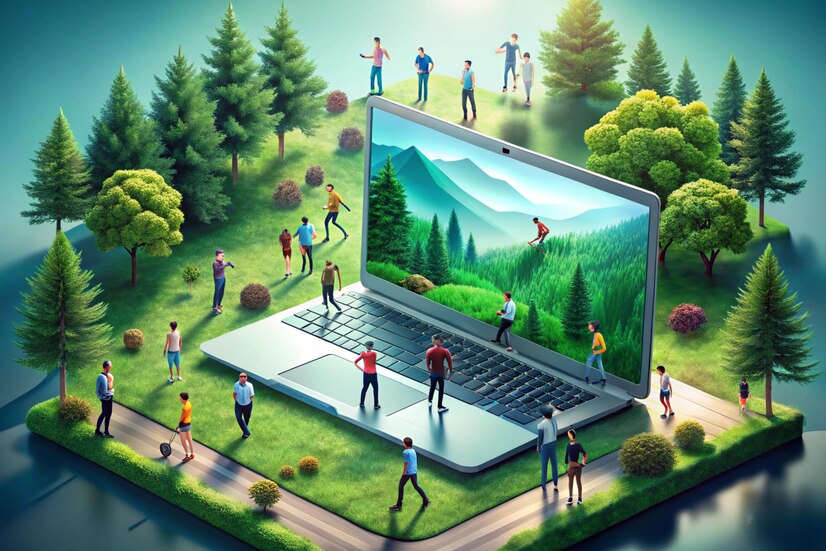 Virtual Reality (VR) and Augmented Reality (AR) are at the forefront of technological innovation, transforming how we interact with digital environments. As these technologies evolve, they are set to redefine various industries, offering immersive experiences and new possibilities. Here’s a look at the future of VR and AR in IT technologies.
Virtual Reality (VR) and Augmented Reality (AR) are at the forefront of technological innovation, transforming how we interact with digital environments. As these technologies evolve, they are set to redefine various industries, offering immersive experiences and new possibilities. Here’s a look at the future of VR and AR in IT technologies.Revolutionizing Education and Training
VR and AR are poised to transform education and training by creating immersive learning environments. These technologies enable interactive simulations and virtual classrooms, enhancing engagement and retention. In fields like medicine and engineering, VR and AR provide hands-on training without the risks associated with real-world practice. Future of IT Technologies
Enhancing Retail Experiences
In retail, VR and AR offer innovative ways to engage customers. AR applications allow shoppers to visualize products in their own space, while VR creates immersive store experiences. These technologies enhance personalization and convenience, driving sales and customer satisfaction.
Transforming Healthcare
VR and AR have significant potential in healthcare, from surgical simulations to patient rehabilitation. AR can assist surgeons with real-time data overlays, improving precision and outcomes. VR therapy is also being explored for pain management and mental health treatments, providing alternative solutions for patients.
Driving Innovation in Entertainment
The entertainment industry is witnessing a revolution with VR and AR. These technologies offer immersive gaming experiences and interactive storytelling, blurring the lines between the digital and physical worlds. As VR and AR continue to advance, they will unlock new creative possibilities for content creators.
Impacting Real Estate and Architecture
VR and AR are transforming real estate and architecture by enabling virtual property tours and 3D model visualizations. Prospective buyers can explore properties remotely, while architects can present immersive design concepts to clients. This enhances decision-making and streamlines project planning.
Facilitating Remote Work and Collaboration
As remote work becomes more prevalent, VR and AR are providing innovative solutions for collaboration. Virtual meeting spaces and AR-enhanced tools allow teams to work together seamlessly, regardless of location. This fosters productivity and creativity, bridging the gap between physical and virtual workspaces.
Conclusion
The future of IT technologies is being shaped by the advancements in Virtual Reality and Augmented Reality. These technologies are set to revolutionize industries by offering immersive, interactive, and efficient solutions. As VR and AR continue to evolve, their impact will be profound, paving the way for a more connected and innovative world. Embracing these technologies will be crucial for businesses looking to lead in the digital age.